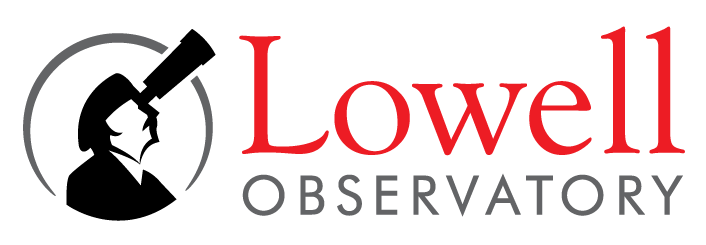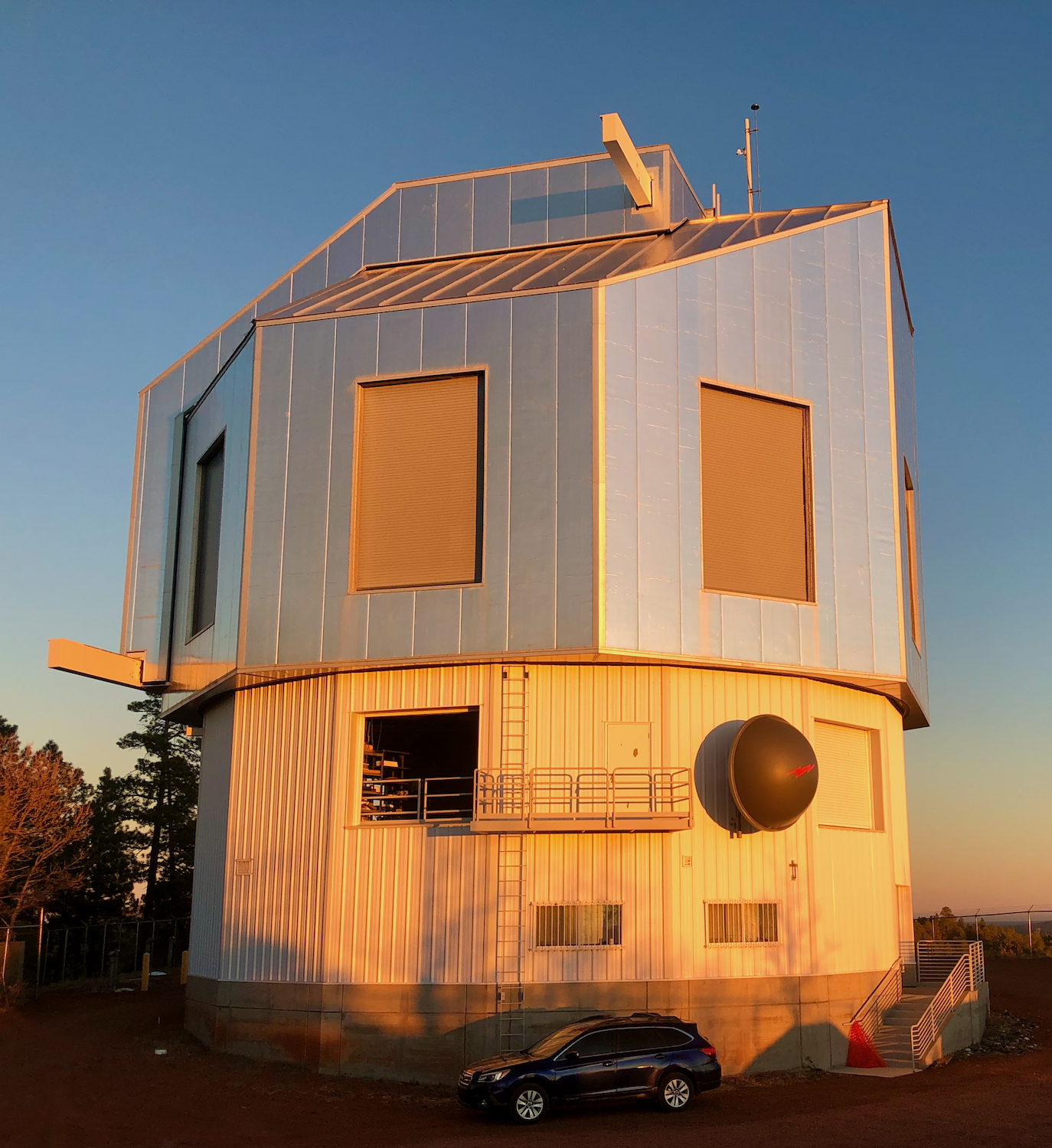Versions Compared
Key
- This line was added.
- This line was removed.
- Formatting was changed.
| Excerpt Include | ||||||
|---|---|---|---|---|---|---|
|
| Livesearch | ||||
|---|---|---|---|---|
|
| Warning | ||
|---|---|---|
| ||
Continuing in 2022B, limited in-person observing will begin at LDT. For those observing remotely, see LDT Remote Observing Notes. |
Current Semester Observer and Telescope Operator Calendar
| Float | ||
|---|---|---|
| ||
Image: T. Ellsworth-Bowers (Lowell) |
The 4.3-m Lowell Discovery Telescope (LDT) is Lowell Observatory's flagship facility at a dark-sky site approximately 40 miles southeast of Flagstaff on the Coconino National Forest.
Lowell Observatory operates the LDT in partnership with Boston University, University of Maryland, Northern Arizona University, University of Toledo, and Yale University. The telescope is scheduled by semester, with the current being 2022B.
The current call for observing proposals is linked in the sidebar at left for Lowell Observatory and Partner Institution members.
Facility Instruments:
LMI (Optical Imager)
DeVeny (Optical Spectrograph)
NIHTS (Near-infrared Spectrograph)
Visitor / PI Instruments:
EXPRES (Optical Spectrograph)
QWSSI (Optical Speckle Imager)
RIMAS (Near-infrared Spectrograph / Imager – Under Development)
Instrumentation Main Page
List of LDT Scientific and Technical Publications
| Background Color | |||||||||||||||||||||||||
|---|---|---|---|---|---|---|---|---|---|---|---|---|---|---|---|---|---|---|---|---|---|---|---|---|---|
| |||||||||||||||||||||||||
Updates (and Old Updates)UPDATE: The 2022B 2023A LDT schedule Call for Proposals has been released. (2022Jun102022Oct11) UPDATE: A minor update to the DeVeny User Manual has been released. The new version (v1.7.1 – 10 May 2022) includes corrected confluence links and updates to the PypeIt instructions. It is available on the LDT Observer Information Confluence page. (2022May10) UPDATE: The change over to the new confluence server https://confluence.lowell.edu has happened. Please let us know if you run across problems with these pages. (2022Mar07) UPDATE: DeVeny Image Quality Issue: See the DeVeny Instrument Page for more information. (2021Nov15) UPDATE: The new VPN platform is now required for connection to the Lowell network. All remote observers MUST update their VPN settings: Watchguard SSLVPN Installation. (2021Sep06)
|

